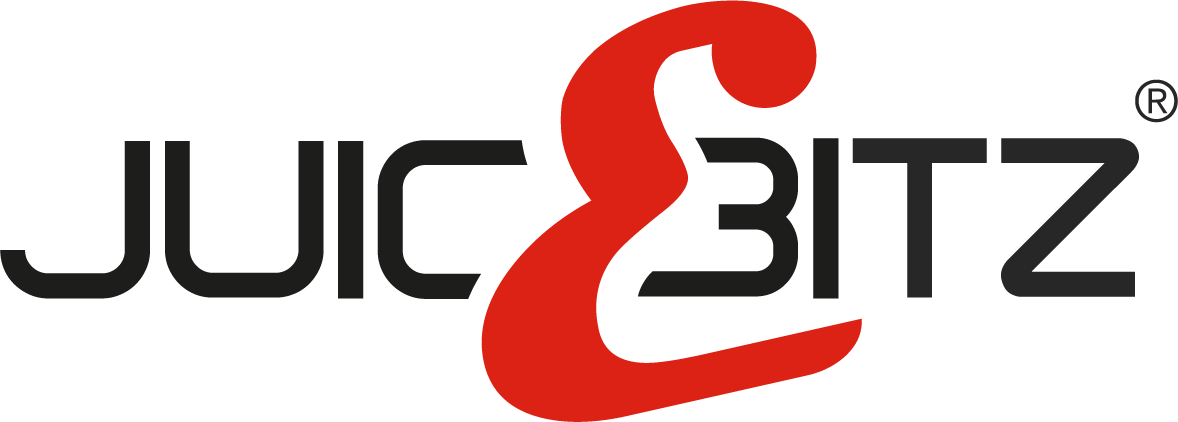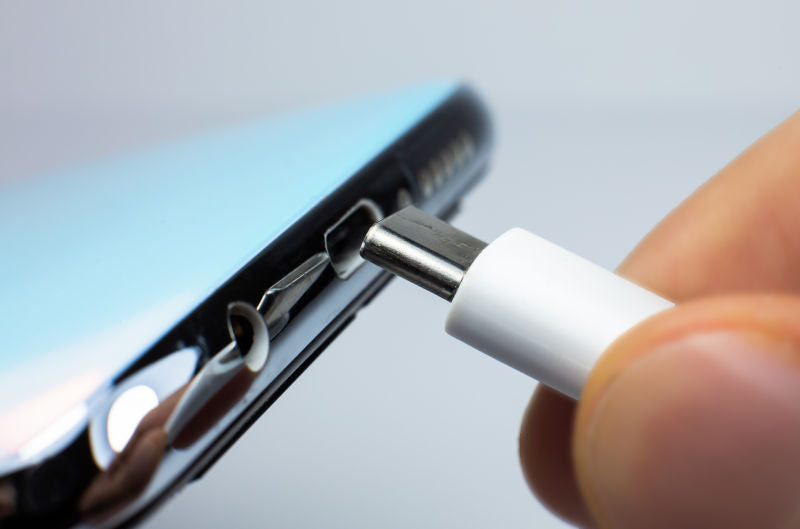OPPO a Chinese firm that produces Android Smart Phone like the Reno4, Find X5 are now about to increase the speed of charging technology to a huge 240W power.
"We're speeding up fast charging. OPPO 240W #SUPERVOOC Flash Charge delivers 100% battery in just 9 minutes, for record-breaking, industry-leading speed," which was posted on OPPO's official tweet
This is great news for those that burn through battery power more than once a day, where Samsung and Apple have also reported that are looking into similar technology for release in devices later this year. However, this is also backward to reducing the need to supply more cables and more chargers, which after time also become excess to our requirements and landfill.
Many manufacturers, including Apple and Samsung now already only supply a standard cable without a mains charger - so this is then an added cost or feature if you want to unlock the phones full potential.
Announced in 2021, the USB PD Revision 3.1 specification is a major update to enable delivering up to 240W of power over full featured USB Type-C® cable and connector. Prior to this update, USB PD was limited to 100W using a solution based on 20V using USB Type-C cables rated at 5A. The USB Type-C specification has also been updated to Release 2.1 to define 240W cable requirements, and with the updated USB PD protocol and power supply definition, this extends the applicability of USB power delivery to a large number of applications where 100W wasn't adequate.
There are so many different Profile ratings and then different charges with different power outputs that being USB-C doesn't mean that cable or every charger is the same. Generally speaking, the more advanced the technology - the higher the price.. so what kind of price tag will OPPO be placing on this. I guess we will find out soon.
On the other hand, there's still Graphene Batteries - which will deliver the same super fast charging abilities will come into play too, but Graphene is a lot more expensive to make than lithium-ion (Li-ion) - so may take longer to appear in devices than super-charging features that are being considered this year by many manufacturers.
What is Graphene and how can it be implemented?
Graphene offers higher electrical conductivity than lithium-ion batteries. This allows for faster-charging cells that are able to deliver very high currents as well. This could be particularly useful for high-capacity car batteries, or fast device-to-device charging. Because they are made of compressed carbon atoms and Graphene is a zero-gap semi-conductor which also means that batteries run cooler, prolonging their lifespan which in Li-ion batteries is a constant issue, reducing to around 80% efficiency over 2 - 3 years.
Graphene batteries are also lighter and slimmer than today’s lithium-ion cells. This means smaller, thinner devices or larger capacities without requiring extra room. Not only that, but graphene allows for much higher capacities. Lithium-ion stores up to 180Wh of energy per kilogram while graphene can store up to 1,000Wh per kilogram.
So, will you be buying into this market - or are you like so many of us able to charge you phone over-night and make do with a single charge for all day use?





Leave a comment
This site is protected by reCAPTCHA and the Google Privacy Policy and Terms of Service apply.